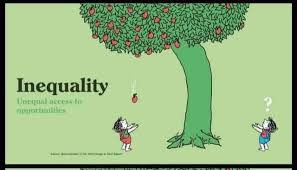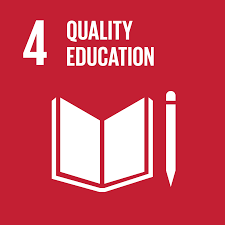-
Historical Context

The roots of Brazil’s education challenges can be traced back to its colonial past, where education was predominantly for the elite, with limited emphasis on inclusive education for the masses. Post-independence, efforts to overhaul the education system were slow and often met with resistance. It wasn’t until the latter half of the 20th century that significant reforms were initiated, aiming at universal access to primary education. However, the legacy of neglect and inequality has had a lasting impact, influencing both the structure and outcomes of Brazil’s education system.
Structural Challenges
1. Access and Inequality

While access to education has improved, with near-universal enrollment in primary education, disparities in access to quality secondary and higher education persist. Geographic, socio-economic, and racial inequalities significantly influence educational opportunities. Students from rural areas, low-income families, or Afro-Brazilian communities often encounter barriers to accessing quality education, including inadequate infrastructure, shortage of qualified teachers, and limited resources.
2. Quality of Education

The quality of education in Brazil is a pressing concern. International assessments, such as the Programme for International Student Assessment (PISA), have consistently highlighted Brazil’s struggle to meet global standards in reading, mathematics, and science. Factors contributing to this include outdated curricula, rote learning practices, and a lack of focus on critical thinking and problem-solving skills.
3. Teacher Training and Retention
The teaching profession in Brazil faces issues of low pay, high stress, and poor working conditions, leading to difficulty in attracting and retaining qualified teachers. Additionally, teacher training programs often lack rigor and fail to prepare educators for the realities of the classroom, particularly in underprivileged areas where the challenges are most acute.
Socio-Economic Barriers
1. Poverty and Education
The link between socio-economic status and educational outcomes is stark in Brazil. Children from low-income families are more likely to experience educational delays, drop out of school, and have lower levels of literacy and numeracy skills. Poverty also exacerbates issues such as malnutrition and access to educational materials, further hindering learning.
2. Urban-Rural Divide
The urban-rural divide in Brazil manifests significantly in education. Rural areas suffer from a lack of infrastructure, such as schools and transportation, and often have multi-grade classrooms with teachers handling several grades simultaneously due to the scarcity of staff. This situation contrasts with urban areas, which, despite their own challenges, generally offer better educational facilities and resources.
Governance and Funding
Education governance in Brazil is characterized by a complex division of responsibilities among federal, state, and municipal governments, leading to fragmentation and inefficiencies. Additionally, while funding for education has increased, the distribution of resources is often inequitable, and spending is not always aligned with areas of greatest need.
Pathways to Reform
Addressing the education problem in Brazil requires comprehensive reforms that tackle both structural issues and socio-economic barriers.
Equity and Inclusion: Policies must prioritize reducing disparities in education, including targeted investments in underserved communities, affirmative action programs, and inclusive education practices.
Quality Improvement: Overhauling curricula to emphasize critical thinking, problem-solving, and digital literacy, alongside investing in teacher training and development, are crucial steps towards enhancing educational quality.
Governance and Funding: Simplifying the governance structure to improve coordination among different levels of government and ensuring equitable and efficient allocation of resources can address systemic inefficiencies.
Community and Parental Engagement: Encouraging community involvement and parental engagement in education can enhance learning outcomes and support a holistic approach to education reform.
Innovation and Technology: Leveraging technology and innovative teaching methodologies can address access issues, particularly in remote areas, and enrich the learning experience.
Conclusion
The education problem in Brazil is a reflection of broader socio-economic disparities and historical neglect. However, with targeted reforms, an emphasis on quality and inclusivity, and a commitment to addressing socio-economic barriers, Brazil can transform its education system. The path forward requires collective action from government, educators, communities, and international partners, driven by a shared vision of equitable and high-quality education for all Brazilian children and youth.


